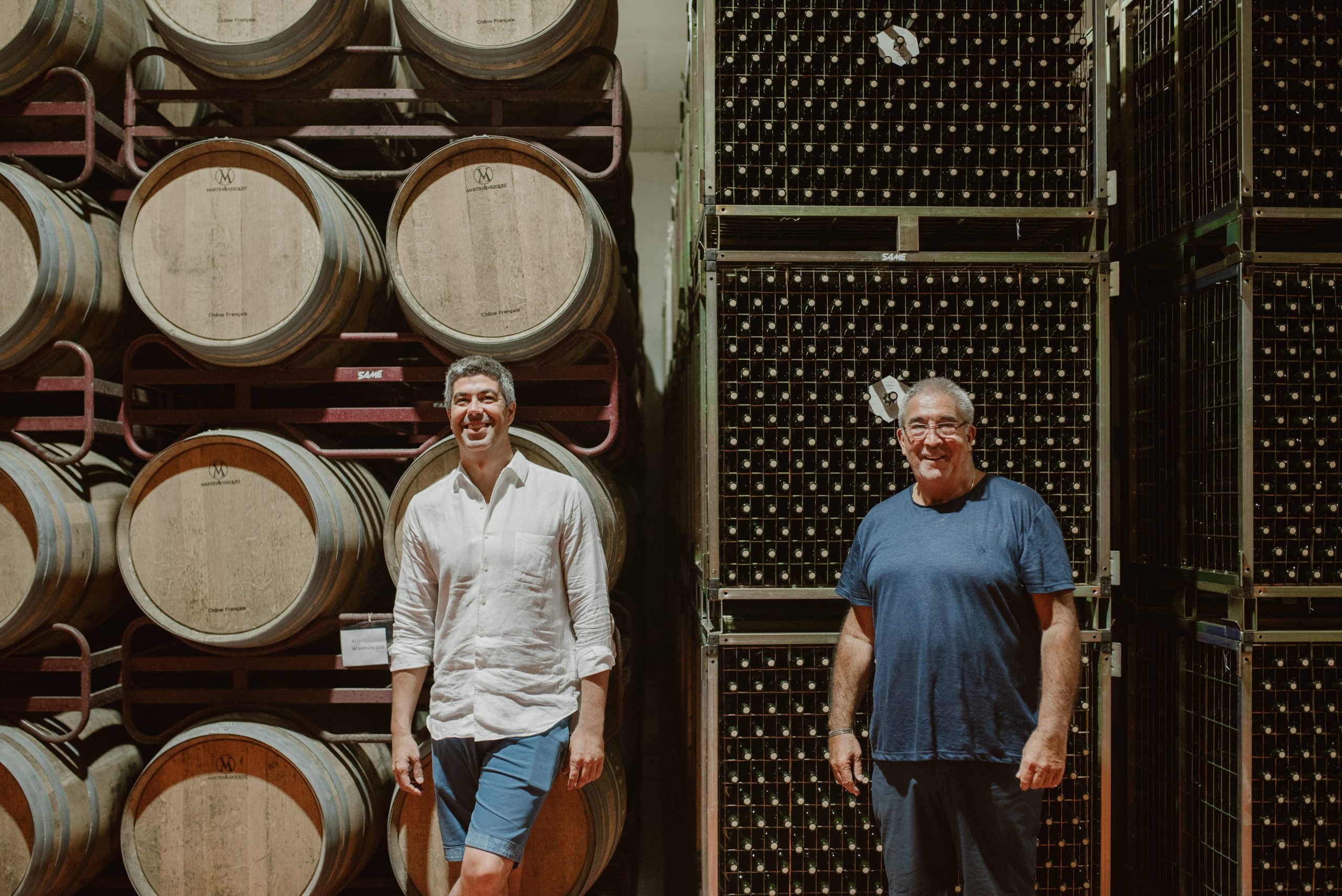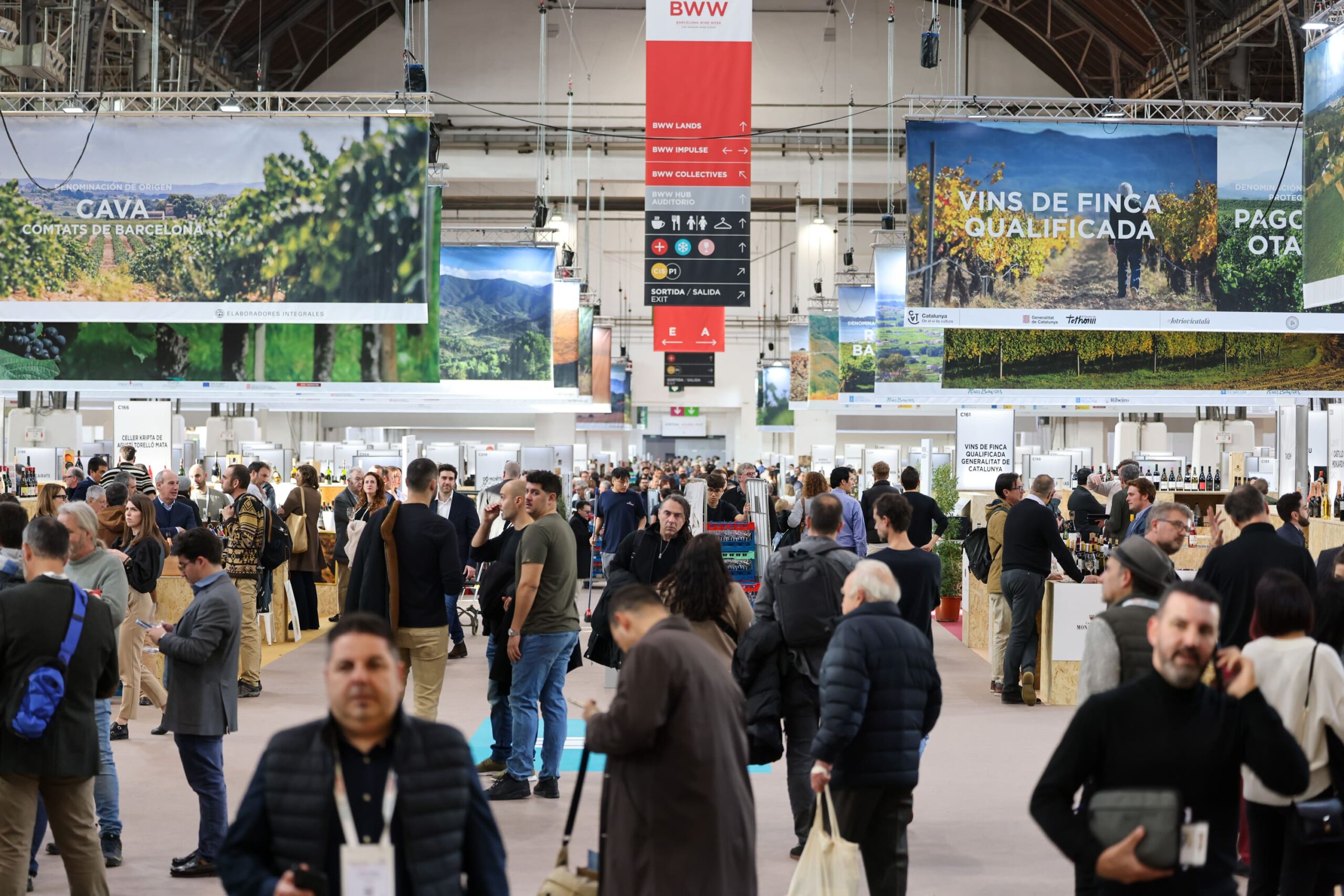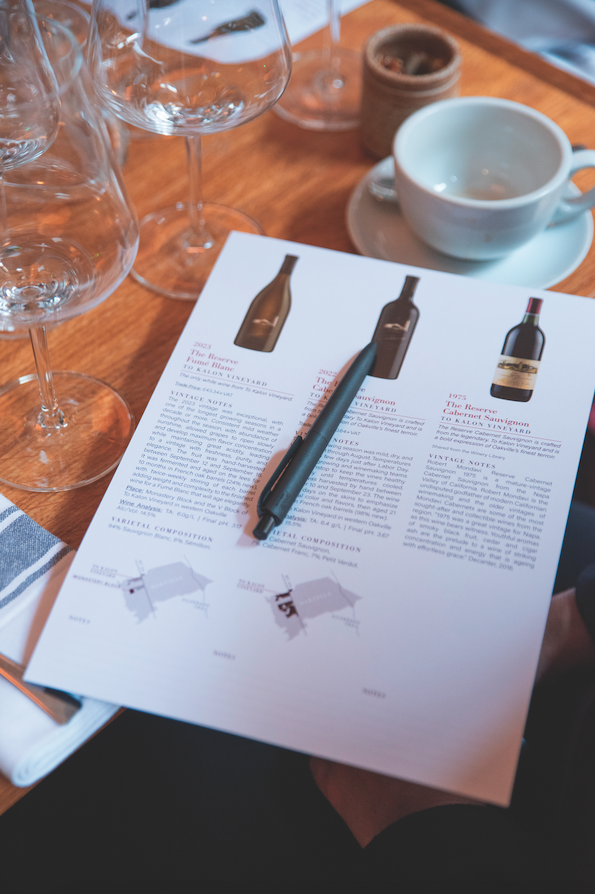Fine wine investment: the problem with Burgundy
Somewhat against tradition, far from stalling in the immediate aftermath of Chinese New Year, the Liv-ex 50 which tracks the values of the first growths has been powering ahead, and there have been very good year-to-date rises elsewhere in Tuscany and Napa Valley. Liv-ex has been trumpeting the activity in Burgundy over the last couple of weeks too.
We have talked about Burgundy before, but given its propensity for grabbing the headlines it might be worth exploring in a bit more detail. These recent headlines specifically refer to the market share generated on a week by week basis.
The Liv-ex blog entitled: “A big week for Burgundy”, explains that the Burgundy market share at just under 37% is very close to Bordeaux at just over 42%, notable because the monthly figures for January 2017 were 18.4% and 61.6% respectively.
At Amphora Portfolio Management we are constantly trying to find new ways of enhancing investment returns, and are always examining interesting shifts in the market place. We would be doing this even if our clients and sales teams were not on our case asking AGAIN why recommended portfolios continue to exclude Burgundy.
When we are explaining fine wine market place to a new investor, we are at pains to stress that there is no homogeneous “fine wine price”, unlike, say, the gold price or the crude oil price (allowing obviously for Brent and West Texas), and that the market is more like a mini stock market with its variety of producers, vintages and global geographies.
When we drill this down to sectors, such as Bordeaux, and sub-sectors, like Super Seconds, it is only valid if there is meaningful volume to be found at these subsidiary levels of the market. There is no point spending time finding out that Cos d’Estournel 2008 is the bargain of the century if you can’t actually pick any up at the bargain price.
This is precisely the frustration with Burgundy. The aforementioned blog cited two very cheap (c £250-£270 per case of 12) Burgundies as top of the value and volume charts for that week, with a component of the Burgundy 150 sub-index, Ponsot Clos Roche Vieille Vignes 2014 as fifth for value, on the strength of three cases of six trading on the 23rd and four on the 27 January.
The fact is that the wines trading at £250 aren’t investible because the storage costs would represent too high a percentage of underlying value thereby eroding most of the investment return, while in the case of Ponsot Clos Roche the combined trade total of £13,000 represents absolutely frenzied trading in Burgundy terms.
If you doubt this, check out trades for Ponsot Clos Roche (an index constituent remember) going back 15 years across post millennium vintages. Several register no trades at all, some last traded in 2013, and even the busy ones only rack up a couple of trades a year. It would be lovely to think that the feverish activity of the week of 23rd January might break the dam, but I wouldn’t hold your breath.
Partner Content
Much the same is true across all “investable” Burgundies. DRC Echézeaux 2010 is one of the higher rated vintages of recent years and only a single bottle went through the Liv-ex platform in 2016, and that was a bottle more than for its sister producer, Grands Echézeaux, whose own 2010 last traded on 24/7/2015, again a single bottle.
So, is there a place in a diversified portfolio for exposure to Burgundy, in the unlikely event that you can actually get hold of some? This begs the next question, which is: what happens when you try to sell it? It is fanciful to believe that you wouldn’t be able to find a buyer for a quality Burgundy. More fanciful, however, to believe you would get a reasonable price for it, where “reasonable” is defined as: “bears some recognisable relation to the offer price”.
Again, there may be some readers who, as long-standing clients of a Burgundy sole importer, receive an allocation at a decent price every year, and can re-sell through that merchant at a discount of around 10%. Congratulations, we say to you, and enjoy your good fortune, or prescience, if you prefer. The broader market is not in your shoes.
We would also argue that you don’t need a dalliance with Burgundy to engineer good returns out of the fine wine market. Most areas we do business in are perfectly liquid and while we accept that there is no guarantee of this at the time an investor wants to sell, liquidity is something which ought to be near the top of an investment agenda most of the time.
Finally, I might beg to differ with my estimable friend’s opinion that Burgundy will lead the next correction. I actually don’t think Burgundy is investable at all for reasons of inherent scarcity, as I hope to have explained above. In a world of inherent scarcity, to get a correction you have to have a black cloud of such epic proportions as to remove anyone who might hoover up the scarcely available stock from the market place entirely. Such a black cloud would have an extremely deleterious impact across the whole market, in my view, and, suffice to say, we cannot foresee its like at this juncture.
Philip Staveley is head of research at Amphora Portfolio Management. After a career in the City running emerging markets businesses for such investment banks as Merrill Lynch and Deutsche Bank he now heads up the fine wine investment research proposition with Amphora.





The question is : Are wines made to be collected or drunk!!!!! Obviously drunk!!!
Here is a reply from Philip Staveley:
“That’s an interesting philosophical question. At Amphora we’re staunch defenders of the oft maligned wine investor. Think of it this way: wine is one of the only luxury goods which isn’t fit for purpose at the point of production. There is an incubation period of decades, during which someone’s got to look after and bankroll the wines, before they become drinkable. So, no wine investors, no perfectly mature jammy Bordeaux and Burgundy on the secondary market. The wine investor is an essential cog in an unusual supply chain. If you enjoy drinking this stuff, he is very much your friend.”